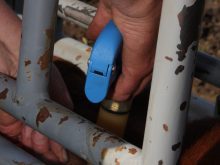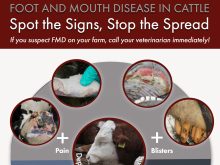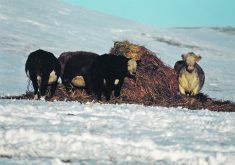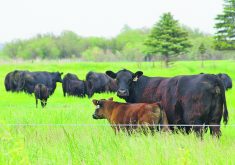The industry says a lack of researchers in Canada with expertise in this area makes it difficult to study meat quality
WINNIPEG — The Beef Cattle Research Council spent $10.6 million on research projects in 2023-24. Of those funds, one per cent was allocated to research on beef quality.
That seems like a small amount, considering beef quality is probably important for domestic consumers and countries that import Canadian beef.
In comparison, the BCRC spent far more on research projects looking at forage and grassland productivity (23 per cent) and environmental sustainability (nine per cent).
Read Also

House ag committee to undertake several studies
The House of Commons standing agriculture committee has set its agenda for the coming months. Members began the fall sitting with a two-hour update on international trade
Those figures come from the BCRC Year in Review for 2023-24, a document available on the organization’s website.
There is a simple explanation for the tiny investment in beef quality research, said Reynold Bergen, BCRC’s science director.
The research council would like to dedicate more funds to beef quality projects, but Canada doesn’t have scientists who can do the work.
“There is a shortage of researchers submitting good proposals to us,” Bergen said.
“That’s where we are right now.”
Recently, a University of Alberta expert in beef quality decided to retire and a young scientist from the University of Guelph returned to their home in Brazil.
Since beef quality is a relatively small field of research, it’s hard to replace those people.
Agriculture Canada still has scientists who study beef quality in Lacombe, Alta., and there are researchers at universities, including the University of Manitoba.
However, overall, Canada is short on scientists with the necessary expertise.
“On the beef quality side … it’s become a lot more acute, recently,” Bergen said.
In 2023-24, the beef research council spent most of its resources on production issues that are closer to the farm.
- 23 per cent on forage and grassland productivity.
- 22 per cent on animal health, welfare and antimicrobial resistance.
- 16 per cent on feed efficiency and utilization.
- The remainder went to:
- 12 per cent, research capacity
- nine per cent, environmental sustainability
- the rest on proof of concept, technology transfer and production economics, food safety and beef quality
The priorities come from the national beef research strategy, which is developed by producers, researchers and government funding agencies.
“We (the BCRC) are an industry organization and it is producer dollars that we’re allocating to research from the national checkoff,” Bergen said.
“All of the research we fund, it needs to be directed to things that are industry priorities … to move the industry forward.”
Beef quality is still a priority, but the BCRC will need to communicate that to universities and to Agriculture Canada to ensure vacant positions are filled.
“It seems obvious, but things being what they are with university budgets … it’s not automatic that a retired researcher is going to get replaced with the same expertise,” Bergen said.
University leaders may decide that meat science isn’t worthwhile and go in a different direction.
“All the research funds are in artificial intelligence, (so) we’re going to re-profile this job to be AI,” Bergen said.
That shift may not be happening, but it’s an example of what can happen.
Therefore, the BCRC and Canada’s cattle industry need to convince universities and governments that beef quality and meat research is important.
A lot of that convincing comes down to money.
If there is cash available to support the research, the institutions will follow the money.
“It’s dollars that talk,” Bergen said.


















